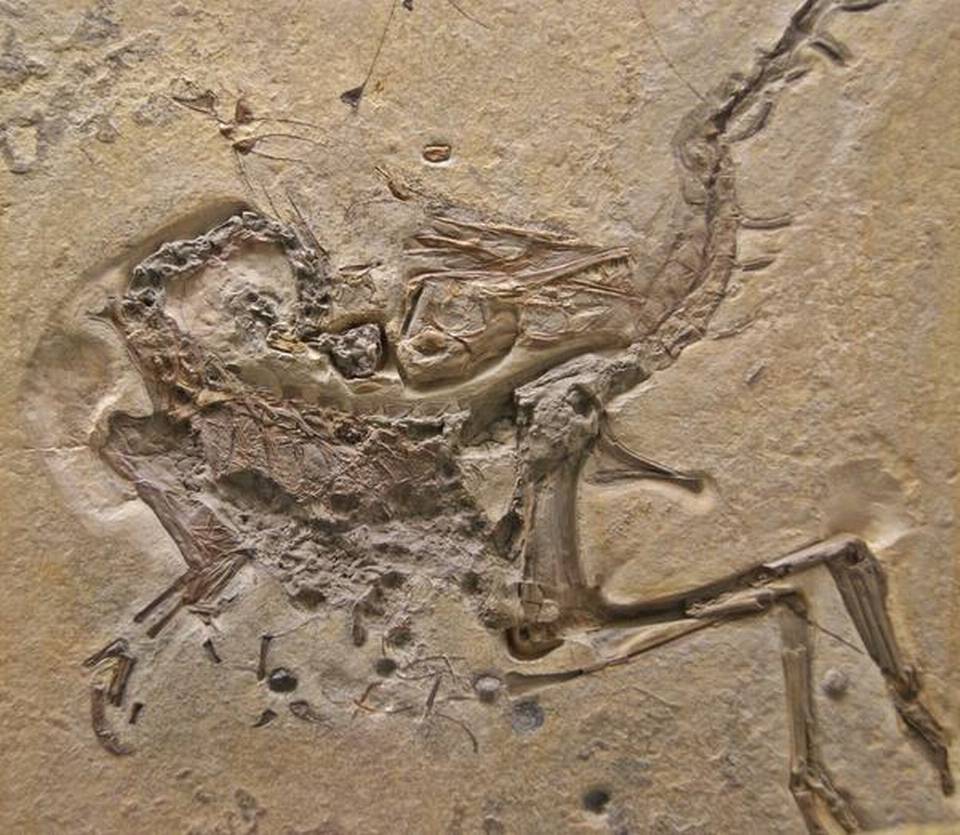Research finds lizard inside fossilised dinosaur to be a new species

The dinosaur is estimated to have lived around 150 to 145 million years ago.
A new research report has concluded that a lizard whose fossils were found inside a dinosaur skeleton in 1859 is indeed a new species, putting to rest a puzzle that has baffled scientists for more than 150 years.
Prior to this finding, the gekho-like creature, which was found inside the gut of a fossilised carnivorous dinosaur Compsognathus longipes, was thought to be an extinct lizard in Germany (Bavarisaurus macrodactylus).
The author of the new report is Dr. Jack L. Conrad of the American Museum of Natural History, whose findings have been published posthumously in the Zoological Journal of the Linnean Society last month.
The report points to the unique shape of the lizard's skull stitchings and skull bones. Dr. Conrad named the lizard Schoenesmahl dyspepsia, which roughly means ‘beautiful meal that is difficult to digest’.
The dinosaur skeleton was discovered in Bavaria, Germany, by Dr. Joseph Oberndorfer in 1859. The dinosaur is estimated to have lived in the Late Jurassic era—around 150 to 145 million years ago.
This is not the first time a fossil has been found within a fossil. In 2016, there was a report in Palaeobiodiversity and Palaeoenvironments about an insect inside a lizard inside a snake fossil. There have been several reports of fish inside fish fossils. These findings help us know more about their dietary preferences.
Source: www.thehindu.com








